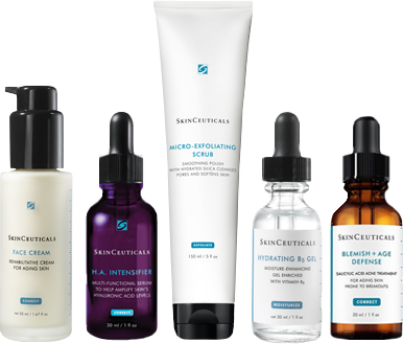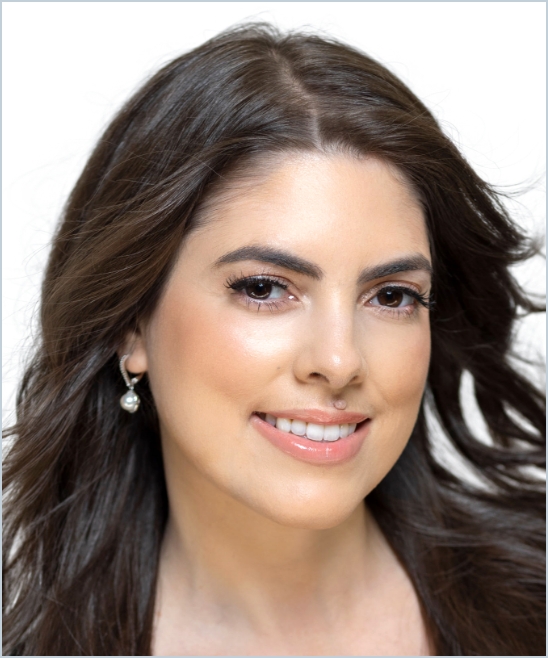Love the Skin You're In
Wart Removal
If you have ever experienced warts on your skin, they can be annoying and unsightly but ultimately harmless. Warts appear as rough bumps on your body in hues of pink, gray, or brown. They can clear up on their own, but if you want them removed sooner, several minimally invasive wart removal treatments are available.
At our practice locations in Trinity, Port Richey, and Spring Hill, FL, we can diagnose and treat all types of warts.
Types of Warts
Most people get one of 3 common types of warts:
Common – You may notice these warts mostly on the hands, but they can appear anywhere on your body. They have a rough, raised surface and can be light-colored, gray, or brown.
Plantar – These warts are usually found on the soles of your feet and can sometimes occur in clusters. They have a rough, spongy surface and can be gray or brown.
Flat – You can get this type of wart on your face, hands, and shins. They have a flat or slightly raised surface and are pink in color.
How Do You Get Warts?
You can get warts on different areas of your body if you are infected with the human papillomavirus (HPV). HPV can infect your body through skin-to-skin contact or through commonly handled objects like doorknobs. Your skin is more likely to become infected if it is damaged or wet. It can take several months for warts to appear after coming in contact with HPV.
Unfortunately, some people are more prone to warts than others, but there are simple and safe ways to treat this condition.
Wart Removal Treatments
Salicylic Acid
Salicylic acid is an extremely effective treatment for wart removal and is available over the counter. Salicylic acid works to peel off layers of the wart so it’s removed completely over time. You will need to apply the solution several times a day over several weeks.
Cryotherapy
Cryotherapy is a treatment that involves freezing the wart with liquid nitrogen. Although this is the most common treatment for warts, the procedure should be performed by a trained and experienced dermatology provider.
Cantharidin
Our dermatology professionals may treat your wart in our office by applying cantharidin, which causes a blister to form beneath the wart. In about a week, you return to the office, and your provider will clip away the dead wart.
Electrosurgery and Curettage
In some cases, we remove warts by scraping them off with a surgical blade (curettage). For some warts, we perform electrosurgery (burning) to destroy the irregular cells, often followed by curettage. These procedures are done in-office using a local anesthetic.
Prescription Drugs
For difficult-to-treat warts, we may inject prescription medications such as bleomycin into warts. The stronger medications we use for wart removal may have side effects, and your provider will go over these at your consultation.
Are There Any Side Effects With Wart Removal Treatments?
Wart removal is very safe, and most treatments have few or no side effects. The most common side effects of wart removal treatments are skin irritation or discoloration. Injectable medications may have other side effects, which will be discussed at your appointment.
Your provider will advise you on aftercare and how to manage any discomfort during treatment.
Professional-Grade Skincare Products

Choose Our Specialists for Your Wart Removal Treatment
Our team will take the time to explain the procedure and allay any concerns you may have. We will make sure your procedure is handled with the utmost care and that you are comfortable from start to finish. Request a consultation at one of our locations using the online form or call us at (727) 318-5515 to schedule an appointment.
Wart Removal Providers
You'll get the time and attention you deserve from our experienced and highly trained board-certified physicians and our talented team of certified assistants.
Neko Futhey, PA-C
Certified Physician Assistant
Dermatology
Julie Hinojosa, MPAS, PA-C
Certified Physician Assistant Dermatology | Master Cosmetic Injector


